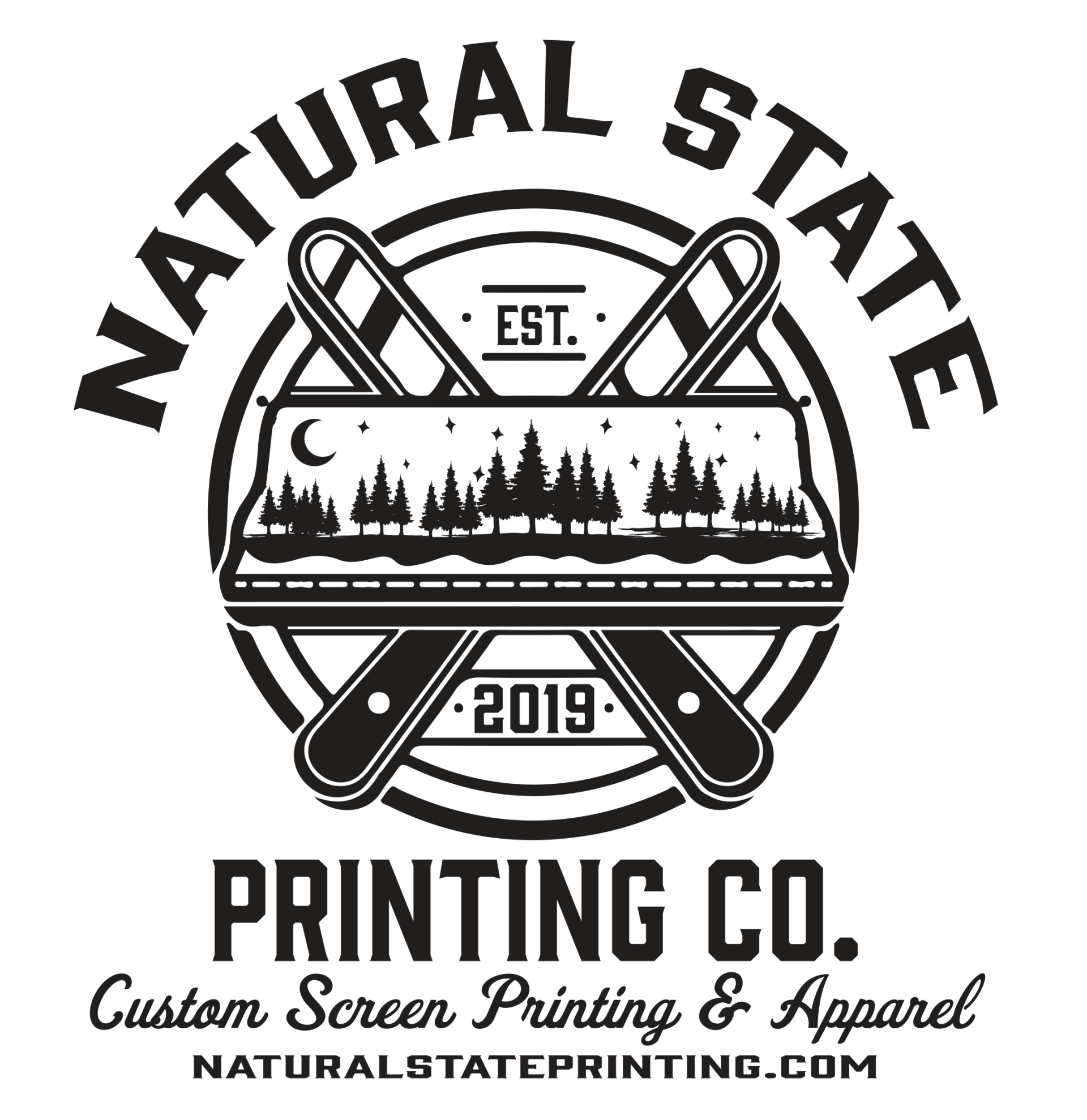What is Screen Printing?
The screen printing process involves several steps, including preparing the design, creating the stencil, setting up the screen printing equipment, and printing the design onto the substrate.
Screen printing is a popular printing method that has been in use for centuries. It is a process that involves transferring ink or other substances onto a substrate through a stencil or mesh screen. This printing method is used in a wide range of applications, including textile printing, graphic design, and advertising.
Design Prep
The first step in screen printing is to prepare the design. The design can be created using a variety of tools, including graphic design software, hand drawing, or stencils. The design should be created in the desired size and format, and it should be printed onto transparent film.
Creating Stencils
Once the design is complete, the next step is to create the stencil. The stencil is created by coating a fine mesh screen with a light-sensitive emulsion. The screen is then placed under a UV light source and exposed to the design on the transparent film. The UV light hardens the emulsion where the design is located, while the unexposed areas remain soft.
After exposure, the screen is washed with water, which removes the unexposed emulsion. This leaves a stencil with open areas where the ink can pass through and a solid surface where the ink is blocked.
Set Up Equipment
Once the stencil is created, it is time to set up the screen printing equipment. The screen is mounted onto a frame, and the frame is placed onto a printing press. The ink is then poured onto the screen and spread out evenly using a squeegee.
Drying & Curing
After printing, the ink needs to dry and cure to ensure it adheres to the fabric and becomes permanent. The shirts are typically placed on a conveyor belt and passed through a dryer, where heated air circulates, allowing the ink to dry and cure.
Quality Control
Once the shirts have been printed and cured, they undergo a quality control check. This involves inspecting each shirt to ensure the design is clear, colors are vibrant, and there are no defects or errors. Any flawed garments are set aside and reprinted to maintain high-quality standards.
Packaging & Delivery
The final step is packaging your custom printed shirts and preparing them for delivery or pickup. The shirts are neatly folded, and packed securely to avoid damage during transportation. You can then distribute or wear your custom shirts with pride!

